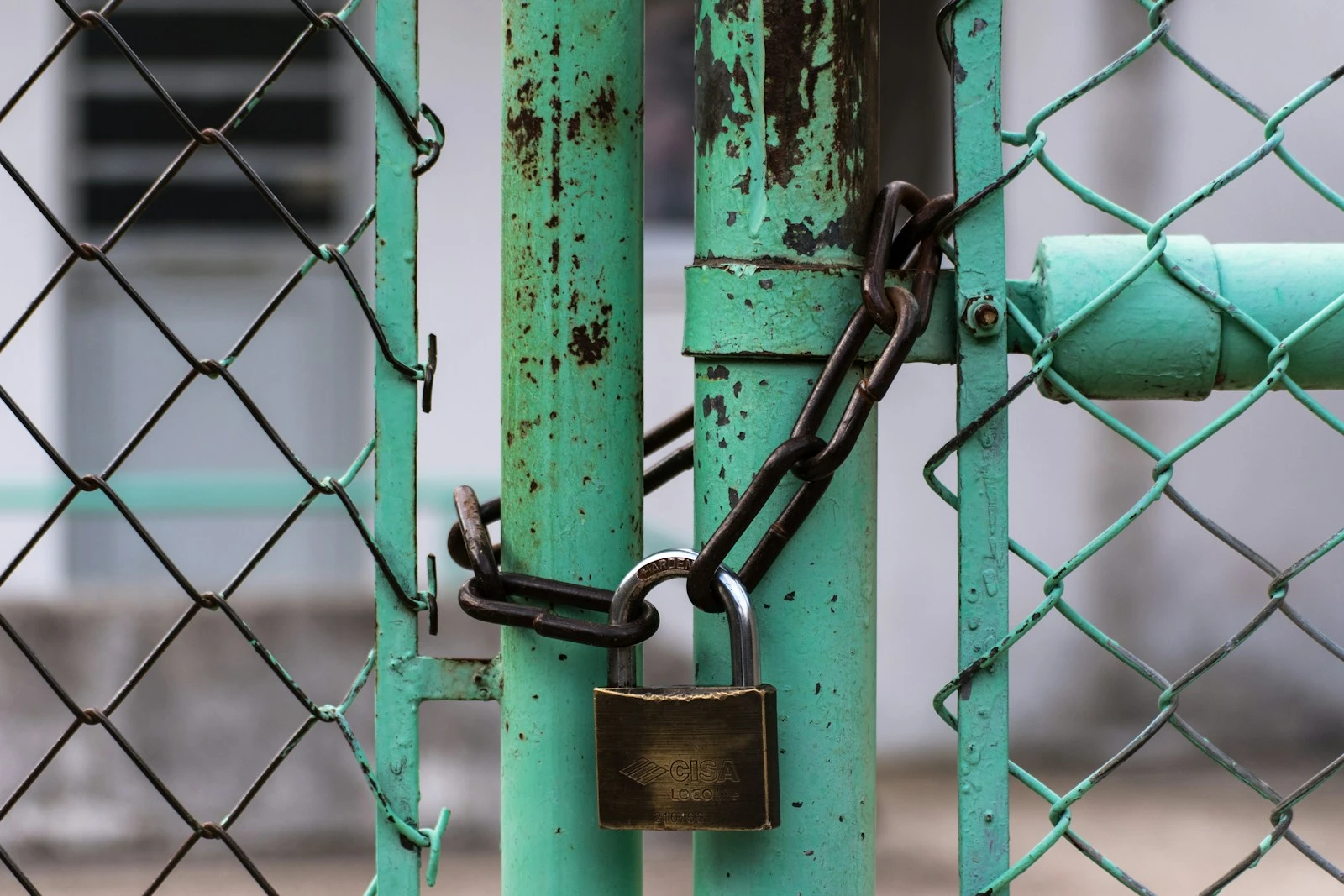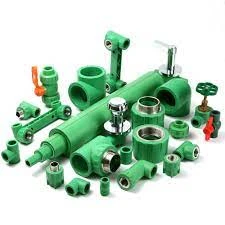Introduce PPR Pipe
In the world of plumbing and construction, PPR pipes and fittings are gaining considerable popularity due to their durability, versatility, and ease of installation. This article aims to provide a comprehensive overview of PPR Pipe, including their benefits, applications, installation procedures, and maintenance tips, ensuring you have all the information you need to make informed decisions.
What Are PPR Pipe?
PPR (Polypropylene Random Copolymer) pipes are a type of plastic piping widely used in hot and cold water distribution systems. They are known for their excellent chemical resistance, low thermal conductivity, and durability, making them ideal for various applications, including residential, commercial, and industrial use.
Key Properties of PPR Pipe
- Durability: PPR pipes can last over 50 years when properly installed and maintained. Their resistance to corrosion and scaling ensures a long service life.
- Temperature Resistance: PPR pipes can handle temperatures up to 95°C (203°F), making them suitable for hot water systems.
- Low Friction Loss: The smooth inner surface of PPR pipes reduces friction loss, which improves the efficiency of fluid transport.
- Chemical Resistance: PPR is resistant to a wide range of chemicals, which makes it suitable for various industrial applications.
- Lightweight: Compared to metal pipes, PPR pipes are significantly lighter, making them easier to transport and install.
Types of PPR Pipe
PPR pipes come in different types based on their intended use. The two most common types are:
- PPR-CT Pipes: Designed for cold water applications, these pipes are typically used in plumbing systems.
- PPR-H Pipes: These are suitable for hot water systems and are often used in heating installations.
Color Coding
PPR pipes are color-coded to indicate their intended use. Typically, green is used for cold water, while gray or white is used for hot water systems.
Applications of PPR Pipe
THE PPR pipes are versatile and can be used in various applications, including:
- Residential Plumbing: Ideal for both hot and cold water supply lines in homes.
- Commercial Plumbing: Suitable for schools, hospitals, and offices.
- Industrial Applications: Often used in factories for chemical processing and water distribution.
- Heating Systems: Effective for underfloor heating and radiator connections.
- Irrigation Systems: Commonly used in agricultural settings for water distribution.
PPR Pipe Fitting
PPR Fitting are essential components that connect PPR pipes, allowing for various configurations in plumbing systems. These fittings come in various shapes, sizes, and types, including:
- Elbows: Used to change the direction of the piping system.
- Tees: Allow the branching of the pipe into two directions.
- Reducers: Used to connect pipes of different diameters.
- Couplings: Connect two pipes of the same diameter.
- Caps: Close the end of a pipe.
Importance of Quality Fittings
Using high-quality PPR fittings is crucial to ensure leak-free connections and the longevity of the piping system. Always choose fittings that meet industry standards to prevent future complications.
Installation of PPR Pipe
Installing PPR pipes and fittings is relatively straightforward, but it requires proper tools and techniques to ensure a successful installation.
Tools Required
- Pipe cutter or saw
- Socket fusion machine or welding tool
- Measuring tape
- Marker
- Level
Step-by-Step Installation Process
- Planning and Measurement: Before starting, plan the layout of the piping system. Measure the lengths of the pipes needed and mark the cutting points.
- Cutting the Pipes: Use a pipe cutter or saw to cut the pipes to the desired lengths. Ensure the cuts are straight for a proper fit.
- Cleaning the Edges: Smooth the edges of the cut pipes with a file or sandpaper to remove any burrs.
- Heating the Pipes: Using a socket fusion machine, heat the pipe and fitting ends until they reach the appropriate temperature. This process usually takes about 5-10 seconds.
- Joining the Pipes: Quickly insert the heated pipe into the fitting and hold them together for a few seconds to allow them to bond.
- Cooling: Allow the joints to cool completely before pressurizing the system. This usually takes about 10 minutes.
- Testing for Leaks: Once the installation is complete, conduct a pressure test to check for any leaks.
Safety Precautions
- Always wear protective gear, including gloves and goggles, when working with PPR pipes and hot equipment.
- Ensure proper ventilation when using heat tools.

Maintenance of PPR Pipe
PPR pipes are low-maintenance, but regular checks can help extend their lifespan. Here are some maintenance tips:
- Regular Inspections: Periodically check for any signs of wear, leaks, or damage.
- Avoiding Excessive Heat: Keep PPR pipes away from direct sunlight or excessive heat sources, as prolonged exposure can weaken them.
- Cleaning: If using PPR pipes in industrial applications, regularly clean the pipes to prevent build-up and ensure optimal flow.
- Professional Inspections: Consider having a professional inspect your plumbing system periodically to catch any potential issues early.
Advantages of PPR Pipe
- Cost-Effective: The initial investment in PPR pipes may be higher than traditional materials, but their long lifespan and low maintenance needs result in overall cost savings.
- Environmental Impact: PPR pipes are recyclable, making them an eco-friendly choice compared to metal pipes.
- Ease of Installation: The lightweight nature and easy fusion process make installation quick and straightforward.
- Flexibility: PPR pipes can be bent and shaped to fit various designs, reducing the need for additional fittings.
Disadvantages of PPR Pipe
- UV Sensitivity: PPR pipes are sensitive to UV radiation, which can weaken them over time if exposed.
- Thermal Expansion: They can expand and contract with temperature changes, which may require additional supports in some installations.
- Limited Use with Certain Chemicals: While resistant to many chemicals, PPR pipes are not suitable for certain aggressive solvents.
Conclusion
PPR Pipe and fittings offer numerous benefits, making them a top choice for plumbing and construction projects. Their durability, versatility, and ease of installation ensure they meet various needs, from residential to industrial applications. Understanding the properties, installation methods, and maintenance tips associated with PPR pipes will enable you to make informed choices for your plumbing systems.
Frequently Asked Questions (FAQs)
- What is the lifespan of PPR pipes?
- PPR pipes can last over 50 years with proper installation and maintenance.
- Can PPR pipes be used for drinking water?
- Yes, PPR pipes are safe for drinking water and comply with health regulations.
- Are PPR pipes resistant to corrosion?
- Yes, PPR pipes are highly resistant to corrosion and scaling.
- How do I connect PPR pipes?
- PPR pipes are typically connected using a socket fusion process that melts the ends and joins them together.
- Can PPR pipes be recycled?
- Yes, PPR pipes are recyclable, making them an environmentally friendly option.

















